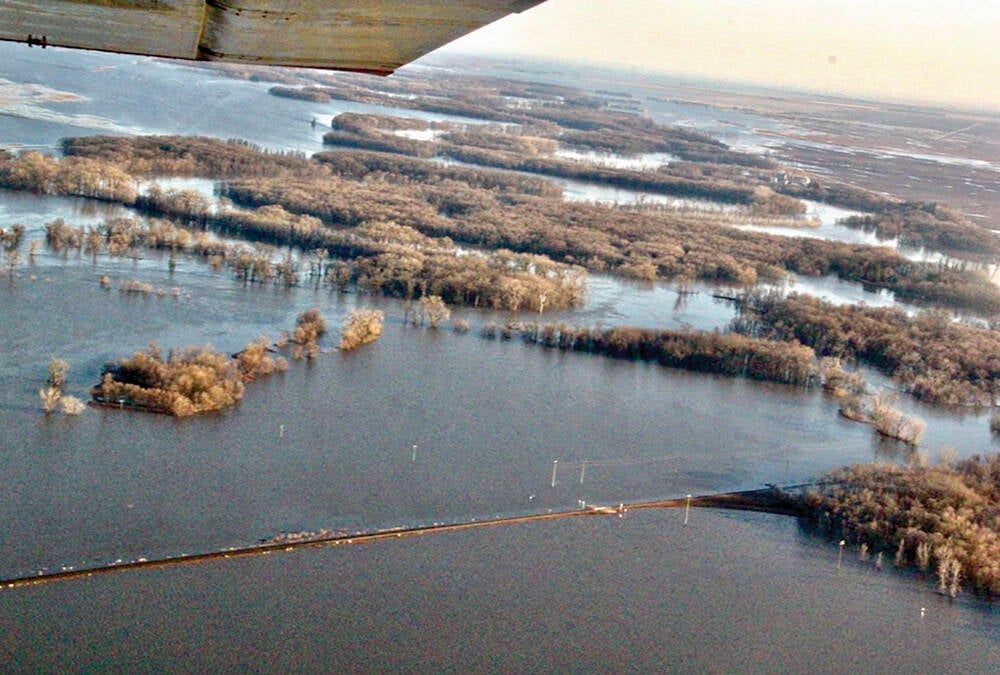Last week’s snowfall across parts of the southern Prairies will do little to alleviate what continues to be a serious grasshopper threat in several regions.
The fury of the snowstorm May 11 and 12 was felt most on the eastern Prairies, but fields farther west were temporarily blanketed with snow as well.
However, the snow and cool weather are expected to have a negligible effect on the grasshoppers of concern, said Manitoba provincial entomologist John Gavloski.
He said the pest species of grasshoppers usually do not begin to hatch until late May. The grasshopper eggs have an almost waterproof shell, giving them an ability to survive immersion in water for a week, he said.
Read Also

Rural Manitoba resources slim on natural disaster planning
A study from Brandon University’s Rural Development Institute has found that many rural and small municipalities don’t have the staff or resources to make formal climate plans against natural disaster.
An upside to the snowfall and cooler temperatures is that there could be a delayed hatching of the pest grasshoppers. The earliest the hatch could now happen in Manitoba is late May, Gavloski said, “and that’s if we get some warmer temperatures.”
The pest species of grasshoppers are most vulnerable to precipitation immediately after they hatch, especially if they get hit with heavy rains. June rains can slow their development or kill them by causing disease in their population.
Saskatchewan’s insect control specialist agreed that producers should not get complacent. A brief bout of snowfall and light overnight frosts will not destroy the eggs buried in the ground, Scott Hartley said.
“They’re below ground. They’re well protected.
“Where they are now is where they’ve just survived those Ð30 temperatures in many areas.”
Grasshoppers are a concern across much of Saskatchewan and all regions of the province have areas where there are risks of high numbers this summer. Producers in areas of higher risk have been encouraged to take that into consideration when deciding what crops to grow, since some plants are more susceptible to the pest insects than others.
Areas of southwestern Manitoba, particularly those with lighter, sandier soil, are among the places where the pest species of grasshoppers threaten to flare this year. Part of the province’s northwestern and Interlake agricultural regions also have a high risk, Gavloski said.














